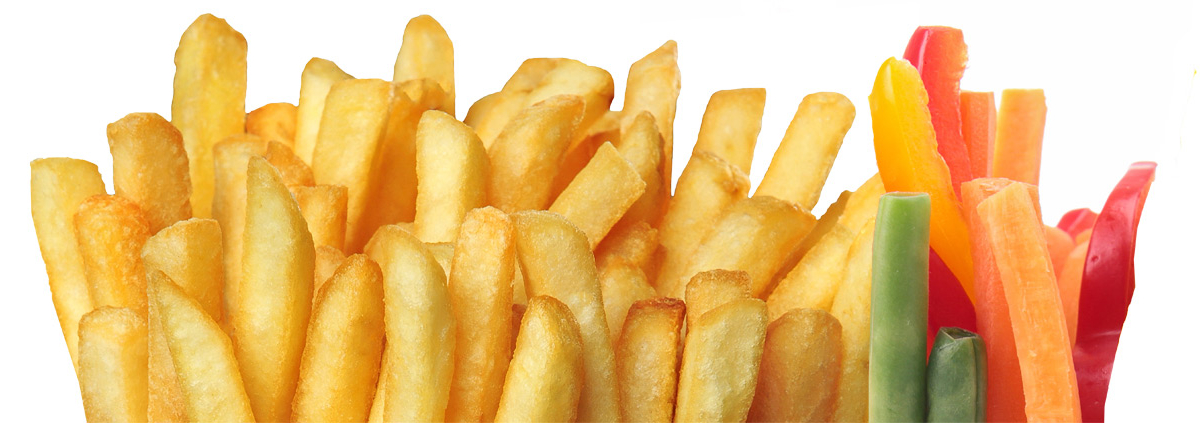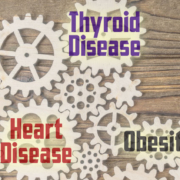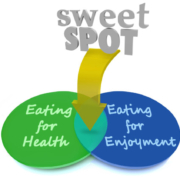Found: The Dietary Sweet Spot
Did you have any hot dogs this week after considering the minutes you might lose? How about eating some salmon for what you might gain? If it at least gave you pause, that’s good. The researchers did this study because “research shows that the overconsumption of food detrimental to health and underconsumption of food beneficial for health are leading causes of the health burden in the U.S.” For me it’s a little simpler: finding the sweet spot of nutrition.
Consider the enormity of what the researchers did. They not only considered the health benefit of over 5,000 foods but also the environmental impact. They would not have been able to do the calculations without the use of today’s advanced computing power.
Before I go further, a couple of points: a reminder that this is a theoretical study limited by what we think we know about the nutritional contribution of food to health and disease. Some food-disease relationships may change as we learn more. Second, the results are based on today’s data. As more precise data are collected, the HENI scores may change.
The Sweet Spot
Based on the current study, the researchers concluded that changing nutritional intake by just 10% can benefit both our health and the environment. The change has to be targeted and amounts to an average of 190 calories per person. If we can substitute servings of nuts, vegetables, legumes, and some forms of seafood for about a serving of beef or processed meats, it can yield an increase of about 48 minutes per day for a person over the age of 25—not in longevity but in healthy life minutes.
That’s it. Wherever you’re starting from, change 10% of your calories from questionable choices to healthy ones and you can impact your health. You don’t have to become a vegetarian or switch to an all plant-based diet. Just make a few substitutions; order broiled seafood instead of a steak or burger. Have a handful of nuts instead of a candy bar. Get a baked potato, easy on the butter, instead of fries, and a side salad instead of the onion rings—not every time, but at least one out of ten. If you’re starting from a really poor diet, you’ll probably want to add another 10% after you get this one established, but you don’t have to make immediate radical changes to start improving your health. Opt for slow and steady changes that you can maintain.
One more point: this research didn’t examine weight loss. It’s simply a caloric substitution from poorer choices to better ones to improve your health. While eating better may result in losing weight, that wasn’t the point of the study.
The Bottom Line
This study is as close to finding that sweet spot of nutrition as we have right now. While it’s theoretical, it does attempt to quantify the benefits of something I’ve said for years now: eat better. Combine that with eating less and moving more, and you’re bound to see health benefits.
What are you prepared to do today?
Dr. Chet
Reference: Nature Food. 2021. (2):616–627.






 AllOfUsImage
AllOfUsImage

